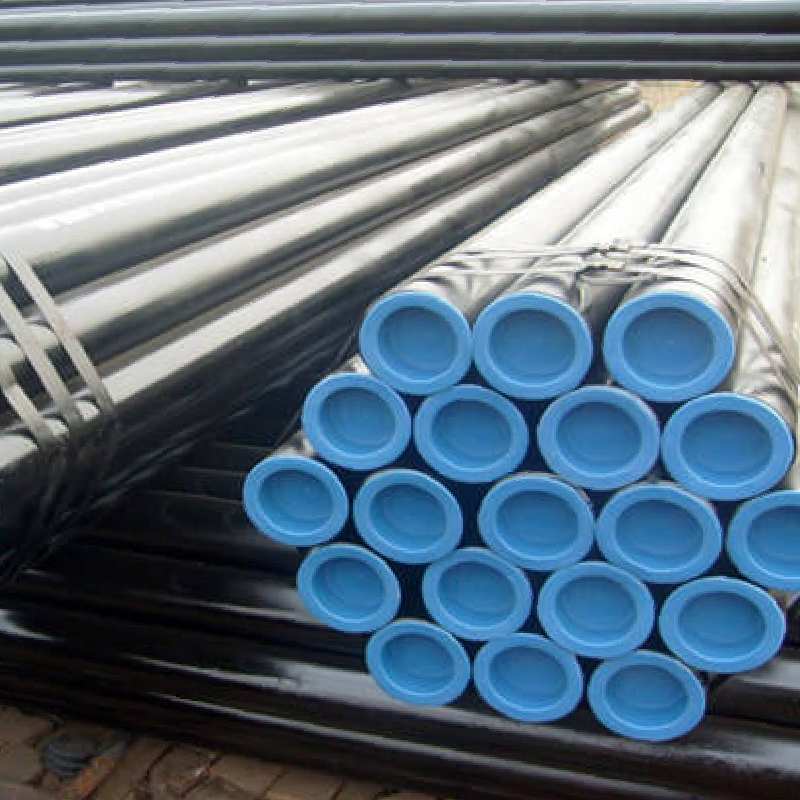-
Cangzhou Yulong Steel Co., Ltd.
-
Phone:
+86 13303177267 -
Email:
admin@ylsteelfittings.com
- English
- Arabic
- Italian
- Spanish
- Portuguese
- German
- kazakh
- Persian
- Greek
- French
- Russian
- Polish
- Thai
- Indonesian
- Vietnamese
- Zulu
- Korean
- Uzbek
- Hindi
- Serbian
- Malay
- Ukrainian
- Gujarati
- Haitian Creole
- hausa
- hawaiian
- Hebrew
- Miao
- Hungarian
- Icelandic
- igbo
- irish
- Japanese
- Javanese
- Kannada
- Khmer
- Rwandese
- Afrikaans
- Albanian
- Amharic
- Armenian
- Azerbaijani
- Basque
- Belarusian
- Bengali
- Bosnian
- Bulgarian
- Catalan
- Cebuano
- China
- China (Taiwan)
- Corsican
- Croatian
- Czech
- Danish
- Esperanto
- Estonian
- Finnish
- Frisian
- Galician
- Georgian
- Kurdish
- Kyrgyz
- Lao
- Latin
- Latvian
- Lithuanian
- Luxembourgish
- Macedonian
- Malgashi
- Malayalam
- Maltese
- Maori
- Marathi
- Mongolian
- Myanmar
- Nepali
- Norwegian
- Norwegian
- Occitan
- Pashto
- Dutch
- Punjabi
- Romanian
- Samoan
- Scottish Gaelic
- Sesotho
- Shona
- Sindhi
- Sinhala
- Slovak
- Slovenian
- Somali
- Sundanese
- Swahili
- Swedish
- Tagalog
- Tajik
- Tamil
- Tatar
- Telugu
- Turkish
- Turkmen
- Urdu
- Uighur
- Welsh
- Bantu
- Yiddish
- Yoruba

Aug . 10, 2024 12:55 Back to list
Exploring the Efficiency and Applications of Suction Dredge Pumps in Modern Waterway Management
Understanding Suction Dredge Pumps A Comprehensive Overview
Suction dredge pumps play a crucial role in various industries, particularly in construction, mining, and environmental management. These specialized pumps are designed to handle the complex task of excavating materials from underwater or soft ground by creating a vacuum that draws sediments, mud, and other materials into a designated pipeline for further processing or disposal. This article explores the working principles, applications, advantages, and considerations surrounding suction dredge pumps.
Working Principles
Suction dredge pumps operate primarily on the principle of suction generated through a mechanical process. When the pump is activated, it creates a low-pressure area in the dredging nozzle. This low-pressure area allows the surrounding water and sediment to be sucked into the system. The design typically includes a suction hose connected to the dredging head, which is submerged at the desired depth.
The sediment-laden fluid is then transported through a system of pipes to a designated area, where it can be deposited or processed. Because of the varied material types and densities that suction dredge pumps handle, these pumps are often equipped with impellers, which facilitate efficient movement and separation of materials.
Applications
Suction dredge pumps are utilized in a wide range of applications
1. Mining Operations In the mining sector, suction dredge pumps are particularly useful in extracting gold, sand, and gravel from riverbeds and lakes. Their ability to operate in challenging environments makes them indispensable for underwater mining operations.
2. Environmental Cleanup These pumps are employed in environmental remediation projects, especially where contaminated sediments need to be removed from water bodies. They help in cleaning up polluted rivers, lakes, and coastal areas by efficiently extracting toxic materials.
3. Construction Projects In construction, suction dredge pumps are used for site preparation, such as excavating foundations or creating trenches in soft soil. This capability is essential in ensuring that construction can proceed smoothly without the obstruction of unwanted sediments.
4. Dredging of Waterways For maintaining navigation channels and harbors, suction dredge pumps help in keeping waterways clear from sediment build-up, allowing safe passage for vessels and aquatic life.
suction dredge pump

Advantages
The use of suction dredge pumps offers several advantages
- Efficiency These pumps can quickly and effectively remove large quantities of sediment, significantly reducing the time and labor required for dredging operations.
- Versatility Suction dredge pumps are capable of handling a variety of materials, from fine silt to larger debris, making them suitable for diverse applications.
- Minimized Environmental Impact By specifically targeting sediment and minimizing disturbance to the surrounding environment, these pumps can help in sediment management while protecting aquatic ecosystems.
Considerations
While suction dredge pumps offer many benefits, various factors must be considered during selection and operation
- Maintenance Regular maintenance is essential to ensure optimal performance. Sediment can be abrasive, and wearing parts may require frequent replacement.
- Environmental Regulations Operators must adhere to local and federal regulations regarding dredging activities to minimize environmental impact and protect habitats.
- Operational Safety Safety measures must be implemented to protect operators and mitigate risks associated with high-pressure systems and underwater operations.
In conclusion, suction dredge pumps are vital tools in numerous sectors, supporting efficient excavation and environmental management. Their ability to effectively remove sediments from challenging environments makes them an invaluable asset, driving progress in both industrial and environmental endeavors. Understanding their operation, benefits, and considerations ensures that users can maximize their potential while adhering to safety and environmental standards.
Latest news
-
ANSI 150P SS304 SO FLANGE
NewsFeb.14,2025
-
ASTM A333GR6 STEEL PIPE
NewsJan.20,2025
-
ANSI B16.5 WELDING NECK FLANGE
NewsJan.15,2026
-
ANSI B16.5 SLIP-ON FLANGE
NewsApr.19,2024
-
SABS 1123 FLANGE
NewsJan.15,2025
-
DIN86044 PLATE FLANGE
NewsApr.19,2024
-
DIN2527 BLIND FLANGE
NewsApr.12,2024
-
JIS B2311 Butt-Welding Fittings LR/SR 45°/90° /180°Seamless/Weld
NewsApr.23,2024











